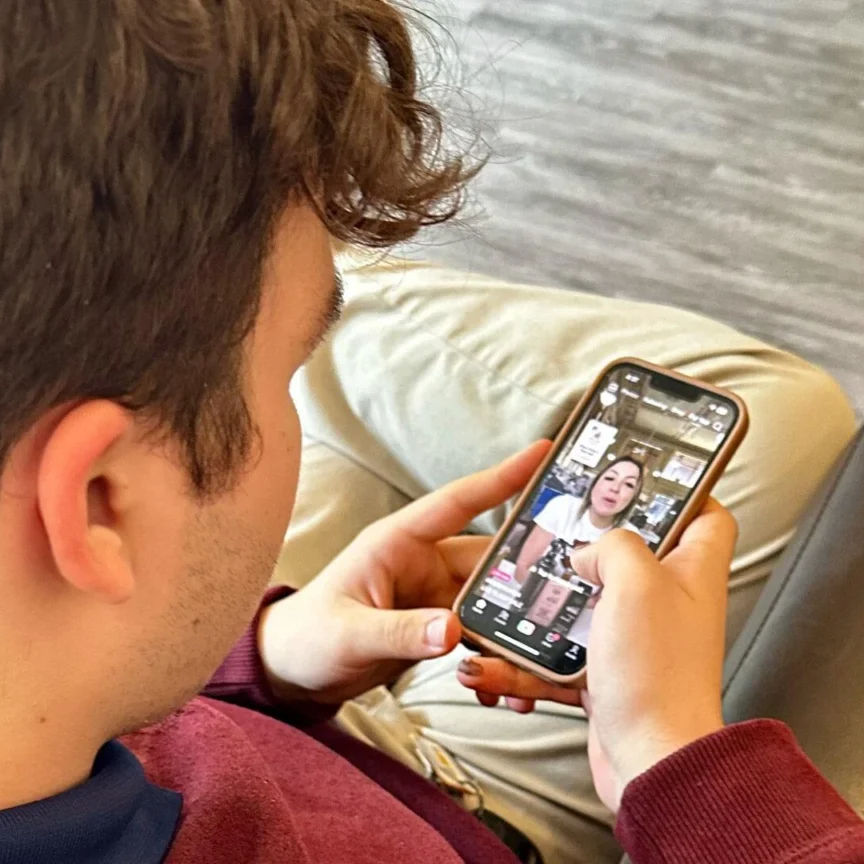The little laptop that couldn’t
- Joanne Jacobs

- Apr 21, 2018
- 2 min read

In 2005, One Laptop Per Child (OLPC) promised to deliver rugged $100 laptops to poor children around the world, linking them to the world’s knowledge.
The New York Times welcomed The Laptop That Will Save the World.
What happened? Adi Robertson explains in a fascinating story in The Verge.
The non-profit would “make literally hundreds of millions of these machines available to children around the world,” MIT Media Lab founder Nicholas Negroponte promised. “And it’s not just $100. It’s going to go lower.”
At the time, laptops sold for more than $1,000, writes Robertson.
By the time OLPC officially launched in 2007, the “green machine” — once a breakout star of the 21st-century educational technology scene — was a symbol of tech industry hubris, a one-size-fits-all American solution to complex global problems.
OLPC compromised on design to push down the cost of its laptop, the XO-1, which ended up costing $180. It didn’t run Windows and didn’t have much memory.
Before it was ready to ship, Intel was selling its small, rugged Classmate PC to Brazil and Mexico for $200 to $400, reports Robertson. Then AsusTek, a Taiwanese company, released the Eee PC, “a cheap, tiny laptop without OLPC or Intel’s educational trappings.”
The Eee PC had a lot of the XO-1’s drawbacks: slow performance, a tiny screen, a minuscule hard drive, and a cramped keyboard. But the $399 machine was an unexpected success. It sold 5 million units in the first year, and other laptop makers quickly released their own “netbook” computers, fueling a massive boom in cheap, tiny laptops.
“Peru ordered nearly a million XO-1 computers,” but “the machines went to schools with spotty electrical power and teachers got little support or training, writes Robertson. “A 2012 controlled study in Peru found that laptops hadn’t improved children’s math or language skills, although there were some other cognitive skill improvements.”
OLPC’s current laptop has “less memory and storage than a budget smartphone,” she concludes. But it’s very rugged.
It’s possible to buy a tablet computer for less than $100.






Comments